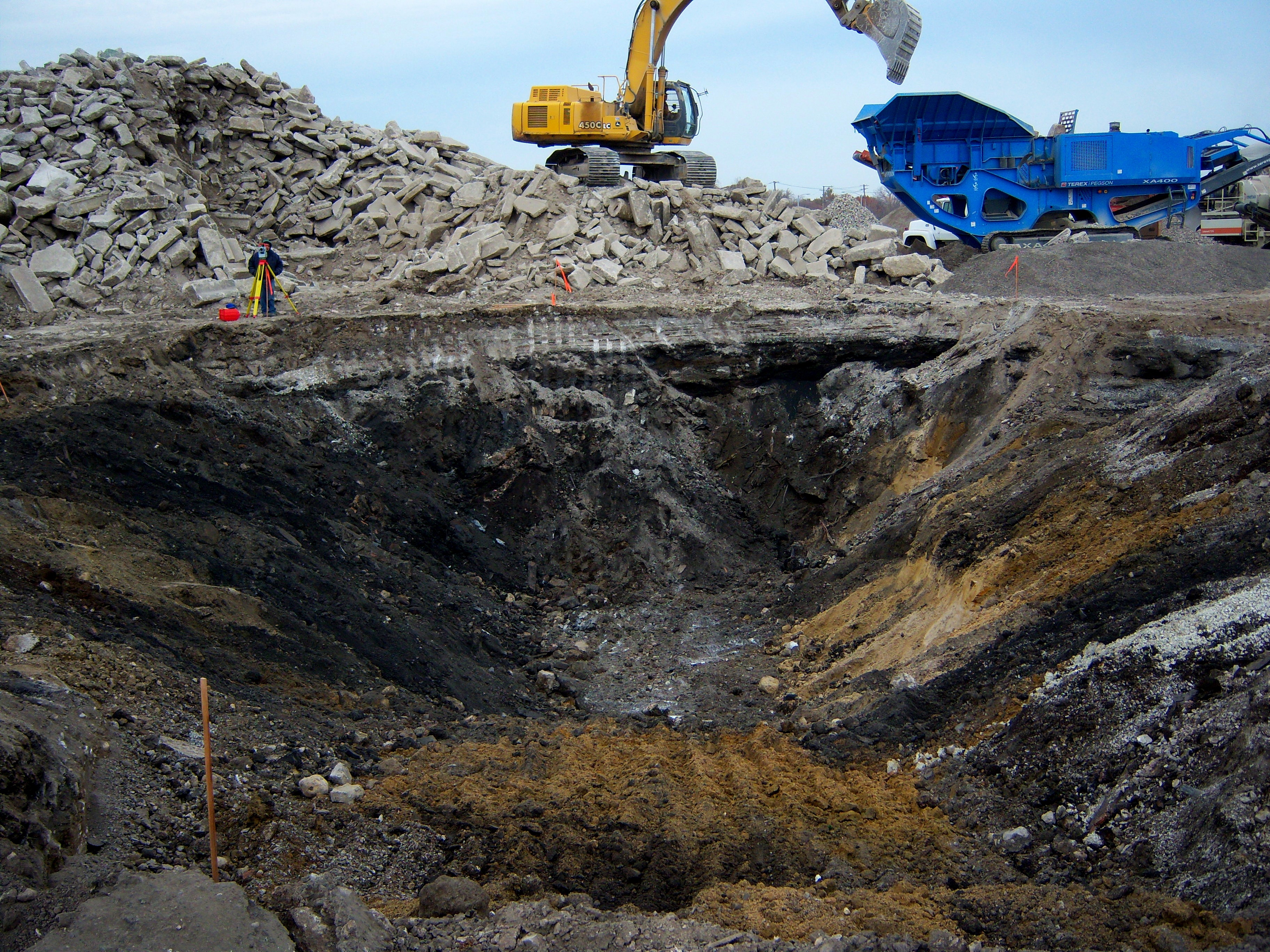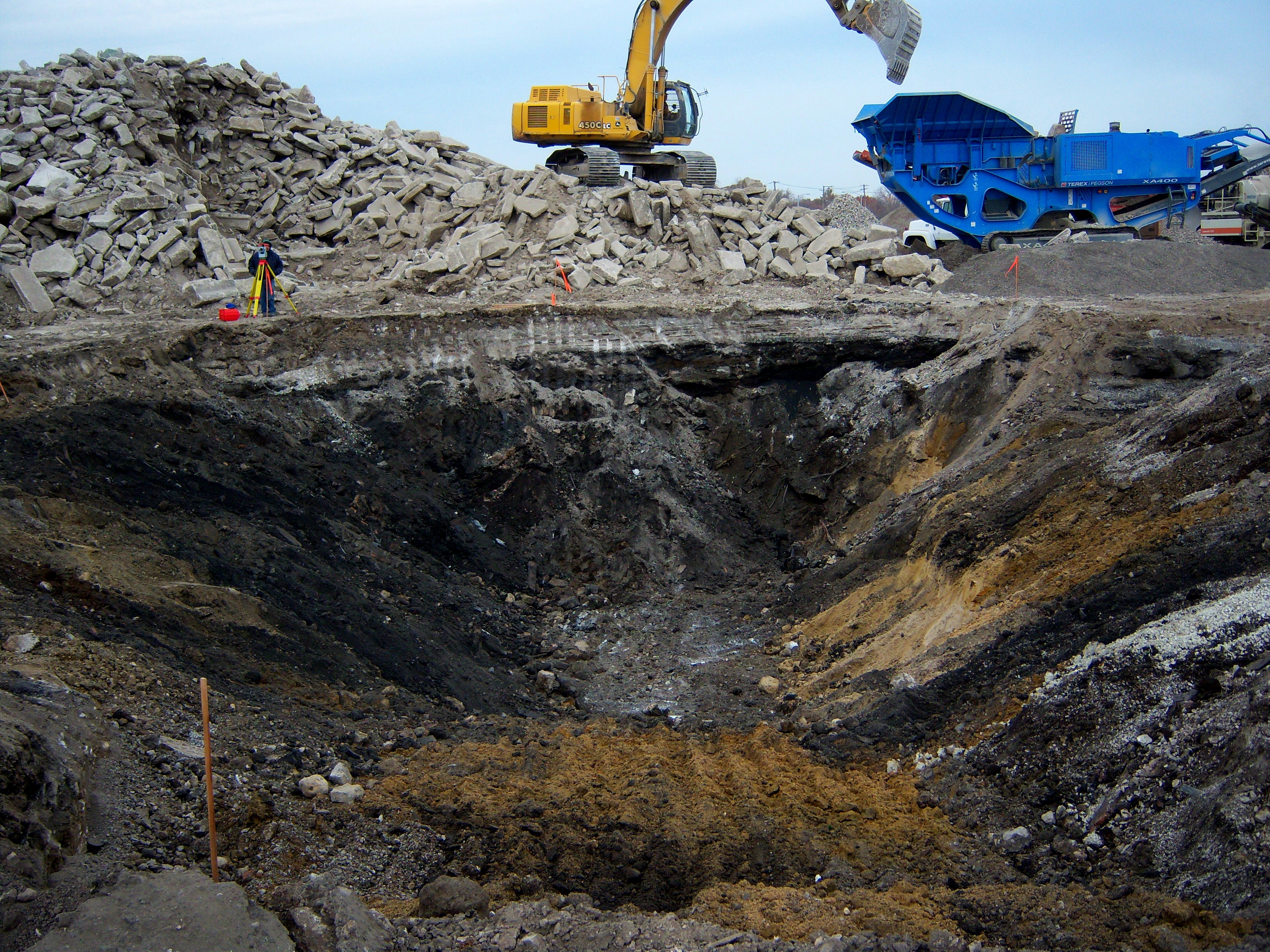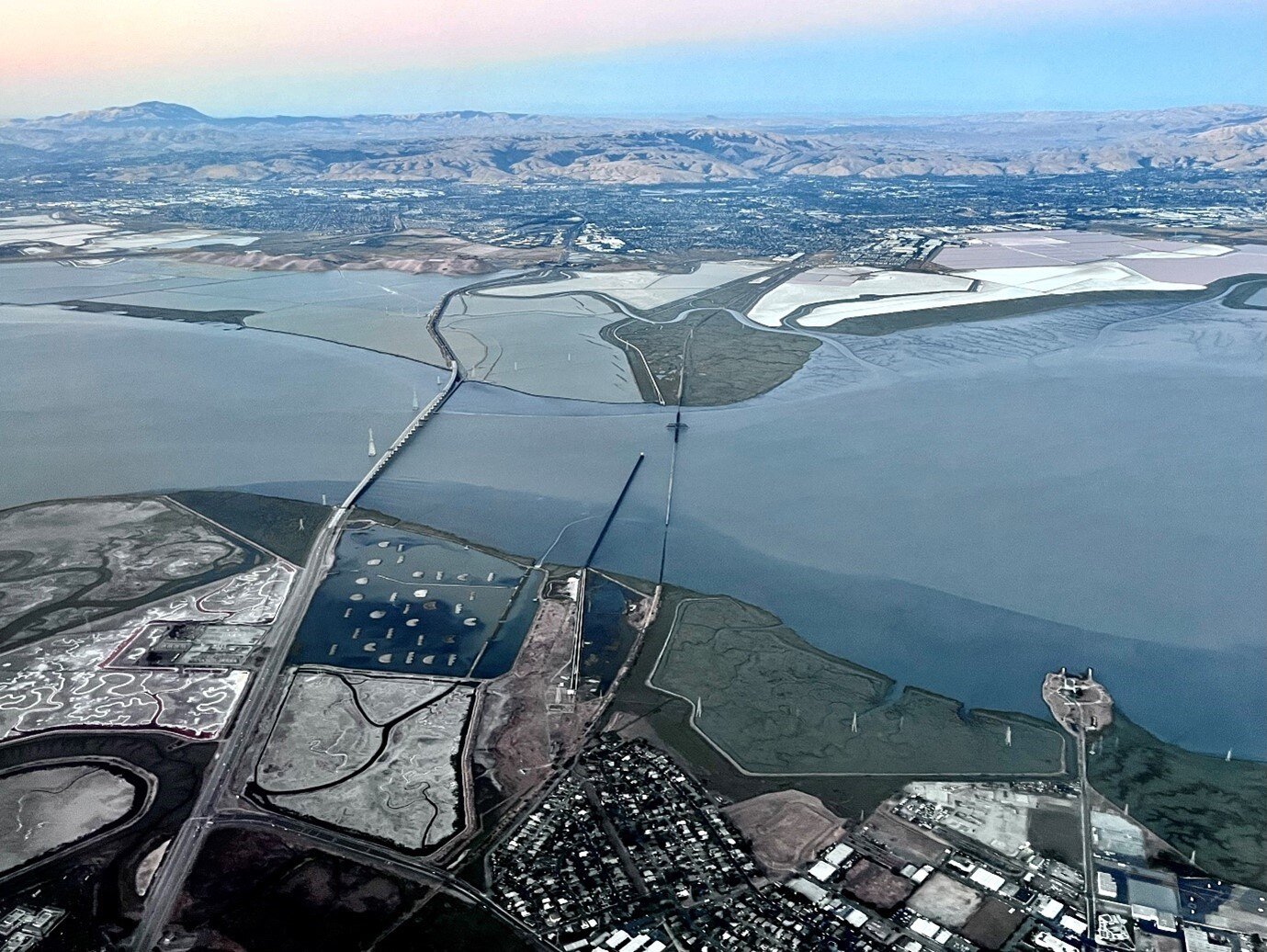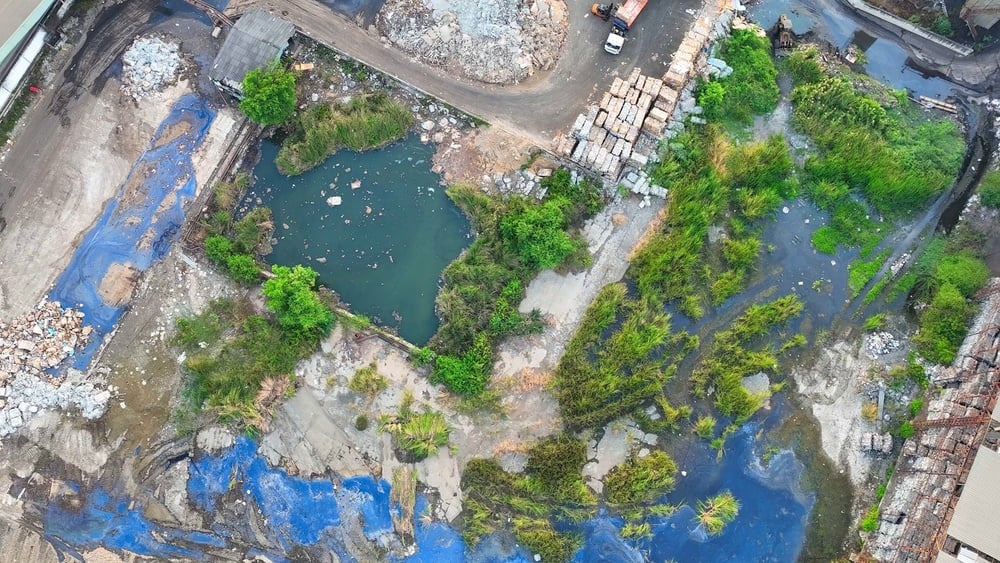I want to talk to you about a common problem faced by developers today. It’s called RCRA-permit-o-phobia or “RPOP” and it impacts thousands of developers just like you throughout the country. If there is one thing that can kill a deal, it is costly ongoing Resource Conservation and Recovery Act (RCRA) Corrective Action. Unlike the Comprehensive Environmental Response, Compensation, and Liability Act (CERCLA) or Superfund, RCRA does not contain a bona fide prospective purchaser liability protection.[1] Meaning complex and costly remediation for a minimum of 30 years. Historic treatment options such as Phase I and Phase II Environmental Site Assessments are ineffective for treating RCRA Corrective Actions.
This is why many former factories sit fallow and remain undeveloped. Developers typically view these properties as a hard pass (or swipe left). But what if there was a better way than living with RPOP?
I’m happy to announce that in Indiana, at least, you can develop a RCRA site without fear of costly remediation.
Pursuant to the Indiana Department of Environmental Management (IDEM’s) Nonrule Policy MP-008-NPD.[2] The policy clarifies that current or former owners are not responsible for RCRA corrective action if they did not operate the hazardous waste facility or otherwise agree to perform the cleanup.[3] IDEM believes that it simply does not have the authority to order corrective action by a subsequent purchaser under RCRA.

This policy is consistent with the case law available.[4] Federal courts in Ohio, Florida and New Jersey, and most recently a court in the State of New York, have ruled that RCRA liability does not attach to a subsequent purchaser just because they bought the property.[5]
The fundamental reason these sites are developable is found in differences in the definition of the word “facility.” Under RCRA, a facility is defined as “all contiguous property under the control of the owner or operator seeking a permit under Subtitle C of RCRA[6].” This definition is much narrower than in CERCLA, which is defined as “any site where a hazardous substance has been deposited, stored, disposed of, or placed, or otherwise come to be located.” 42 U.S.C. § 9601(9).
Potential side effects of developing a RCRA permitted site may include allowing reasonable site access to the former owner for the purpose of implementing the corrective action and observing due care to avoid causing or exacerbating releases.[7]
So developers, what are you waiting for? It’s time to say goodbye to RPOP. Ask your attorney if a RCRA permitted site is right for your next project.
[1] https://www.epa.gov/sites/production/files/2014-06/documents/revitalization-handbook-2014-cleanup-enforcement.pdf
[2] https://www.in.gov/idem/ctap/files/nrpd_mp-008.pdf
[3] Id. at Sec. 2.0 Scope.
[4] Whenever you are relying on slight differences in regulatory definitions or on cases from other jurisdictions, it is best to contact an attorney. BBJ Group is not a law firm and is not giving legal advice.
[5] See e.g, Town & Country Co-Op, Inc. v. Akron Prod. Co., 2012 WL 1668154, at *4 (N.D. Ohio May 11, 2012) (dismissing successor property owner but refusing to dismiss claim against the previous owner who had allegedly contaminated the property); Marriott Corp. v. Simkins Indus., Inc., 929 F. Supp. 396, 398 n.2 (S.D. Fla. 1996) (discussing dismissed RCRA claim against Marriot because it was a "subsequent purchaser of previously contaminated property"); Interfaith Cmty. Org. v. Honeywell Int'l, Inc., 263 F. Supp. 2d 796, 804 (D.N.J. 2003), aff'd, 399 F.3d 248 (3d Cir. 2005) (noting the defendants are the present owners and another party "actually deposited the contaminated material at the Site."); cases collected in CLEAN HARBORS SERVICES, INC. v. THE ILLINOIS INTERNATIONAL, PORT DISTRICT, No. 12-CV-7837 (N.D. Ill. Feb. 15, 2018), distinguishing the case because the current owner was attempting to avoid liability; Thompson Corners, LLC v. New York State Dep’t of Environmental Conservation, 2014 WL 1924148 (N.Y. App. Div. May 15, 2014)
[6] 40 C.F.R. § 260.10




